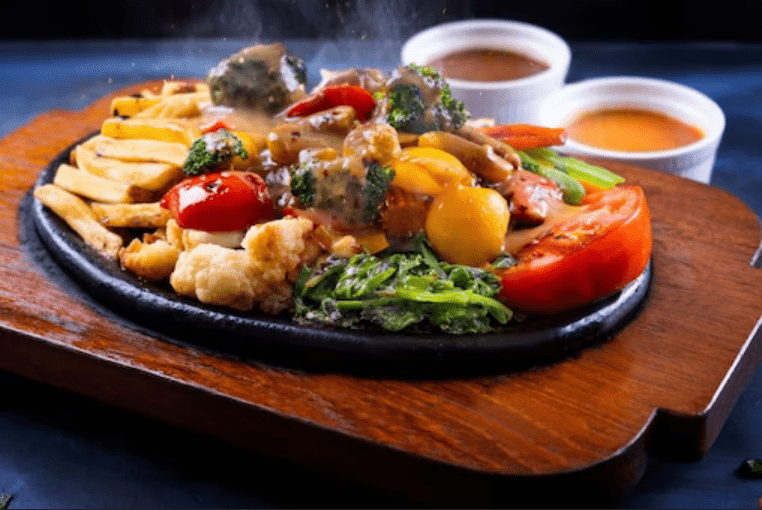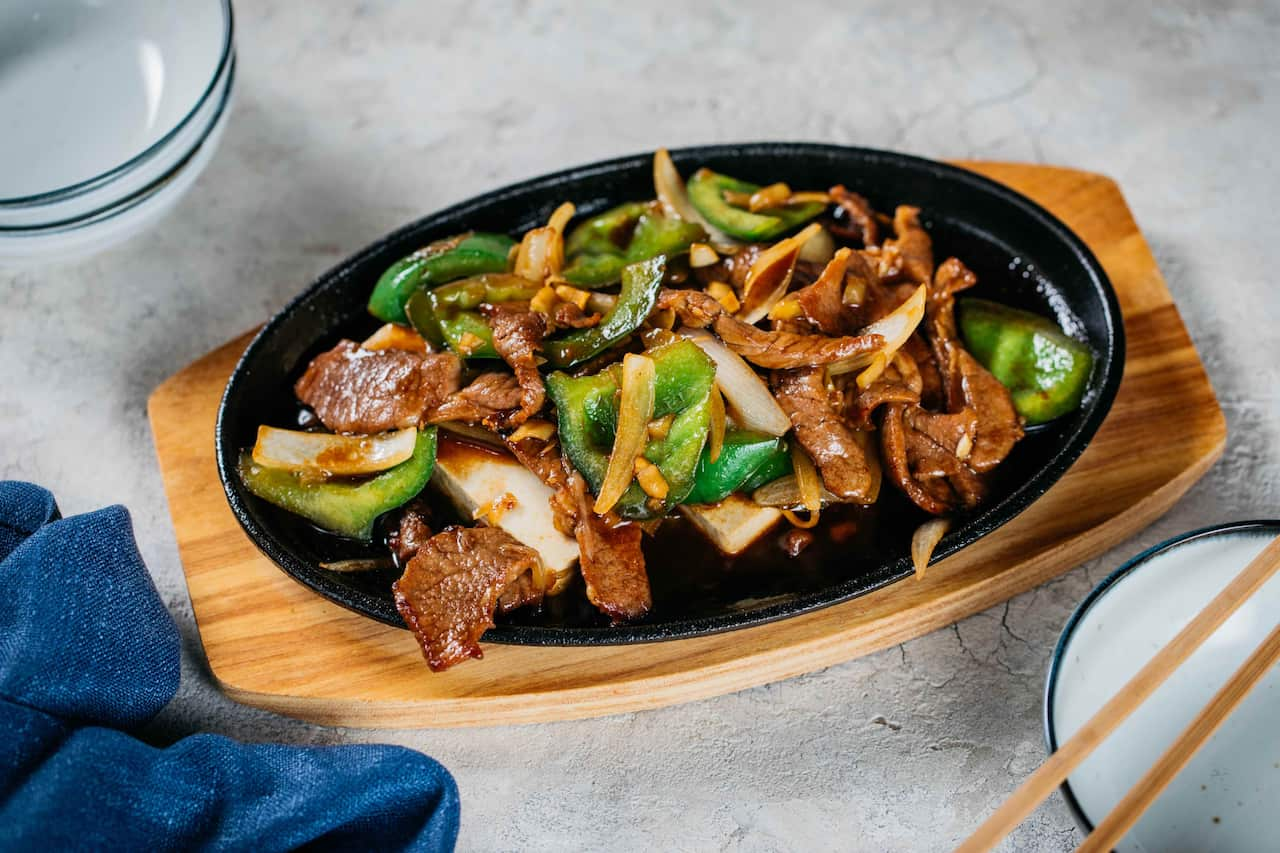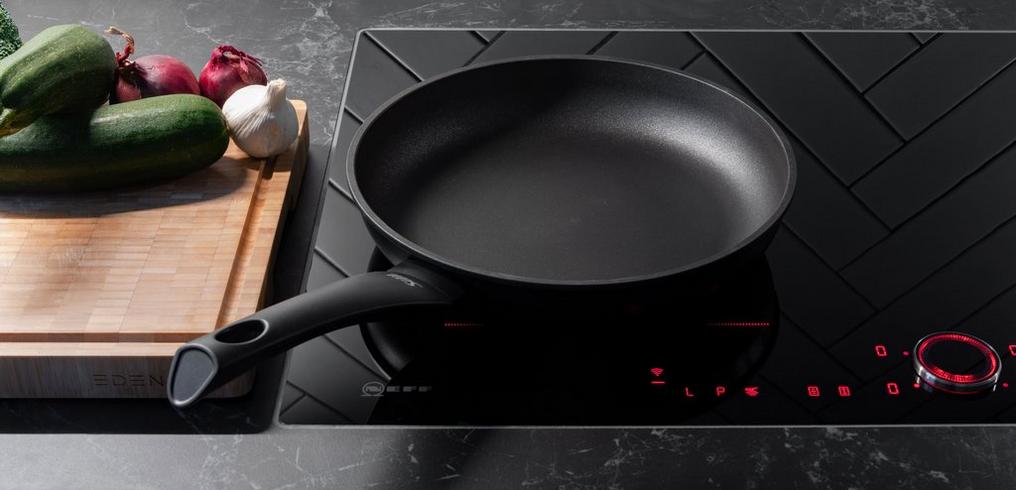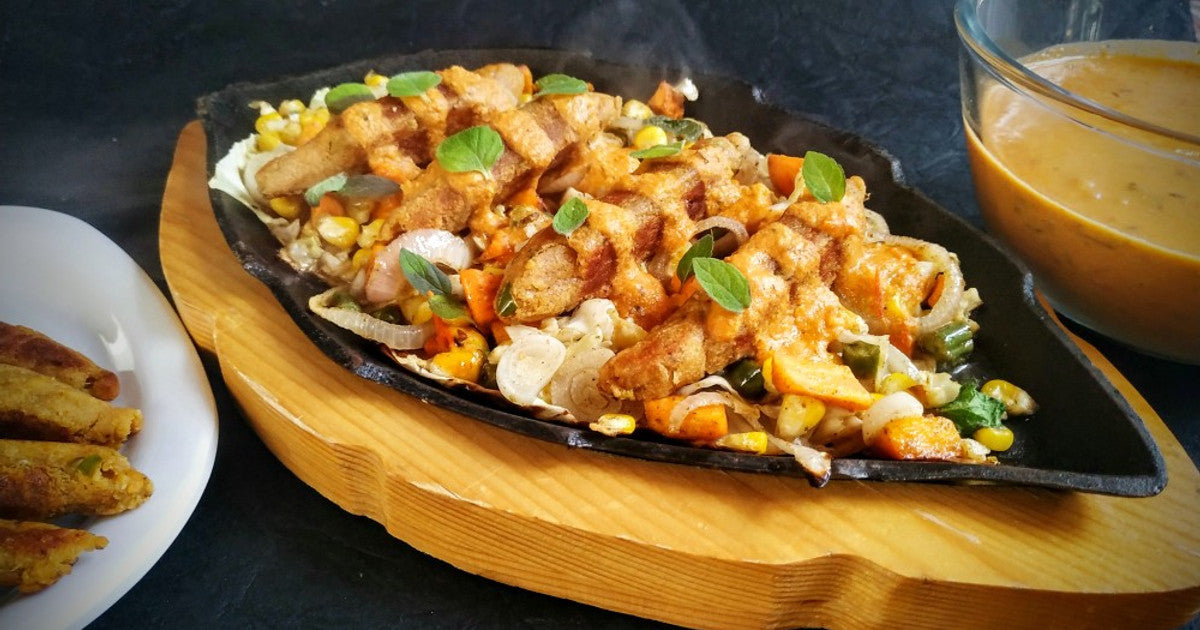As a kitchen professional, choosing the right equipment is crucial for achieving culinary excellence. The debate between gas stoves and induction cooktops for sizzling platters is one that continues to spark interest in the culinary world. Both methods have their pros and cons, and the choice often depends on specific cooking needs and preferences.
When it comes to preparing sizzling platters, the decision between a gas stove and an induction cooktop can significantly impact the flavor and texture of your dishes. Let's delve into the intricacies of each method to help you make an informed decision that aligns with your kitchen's needs.

The Heat Factor: Gas Stove vs Induction Cooktop
Gas stoves have long been the traditional choice for chefs and home cooks alike. The ability to control the flame with precision is a significant advantage when preparing sizzling platters. The open flame of a gas stove provides instant heat that can be easily adjusted, allowing for quick searing of meats and vegetables.
On the other hand, induction cooktops offer a modern alternative with several benefits. Induction technology heats the pan directly through electromagnetic fields, resulting in faster and more efficient cooking. This method is particularly useful for maintaining consistent temperatures, which is essential for achieving perfect sizzles.
Efficiency and Control
In terms of energy efficiency, induction cooktops take the lead. They transfer heat directly to the cookware, reducing energy waste and cooking times. This can be a crucial factor in a busy kitchen environment where time is of the essence.
However, many chefs prefer the tactile control offered by gas stoves. The ability to see and adjust the flame provides an intuitive cooking experience that some find irreplaceable. This level of control can be particularly beneficial when working with delicate ingredients that require precise temperature adjustments.
Safety Considerations
Safety is another aspect to consider when choosing between these two options. Induction cooktops are generally safer as they only heat the pan and not the cooktop surface. This reduces the risk of burns and makes them a popular choice in family kitchens.
In contrast, gas stoves require more caution due to the open flame. Ensuring proper ventilation is essential to avoid the accumulation of harmful gases in the kitchen environment. For professional kitchens, where safety protocols are strictly followed, gas stoves remain a viable option.
Cost Implications
When considering cost, it's important to account for both initial investment and long-term expenses. Induction cooktops tend to have a higher upfront cost but can lead to savings on energy bills over time. They also require specific cookware, which might add to the initial expenditure.
Gas stoves, while generally less expensive to purchase, may incur higher energy costs, particularly if used frequently. However, they do not require special cookware, which can be a cost-saving factor.
Conclusion: Making the Right Choice
The choice between a gas stove and an induction cooktop for sizzling platters ultimately depends on your culinary style, kitchen setup, and personal preferences. For those who value precise control and a traditional cooking experience, a gas stove might be the preferred option. Meanwhile, those seeking efficiency and safety may lean towards induction technology.
For more insights and tips on sizzling platter cooking, check out sizzling platter cooking tips and explore the benefits of different cooking methods.
Additionally, if you're interested in learning more about the various types of sizzling platters, visit why every home cook should have a few sizzle platters.

FAQs
1. Which is better for energy efficiency, gas or induction?
Induction cooktops are generally more energy-efficient as they transfer heat directly to the cookware, reducing energy waste.
2. Can I use any pan on an induction cooktop?
No, induction cooktops require specific cookware that is compatible with the induction technology.
3. Are gas stoves more hazardous than induction cooktops?
Gas stoves can be more hazardous due to the open flame, whereas induction cooktops are considered safer as they only heat the pan and not the cooktop surface.
For more safety tips and advice on kitchen equipment, check out oven-safe sizzling platters.
This article contains affiliate links. We may earn a commission at no extra cost to you.






Leave a comment
This site is protected by hCaptcha and the hCaptcha Privacy Policy and Terms of Service apply.